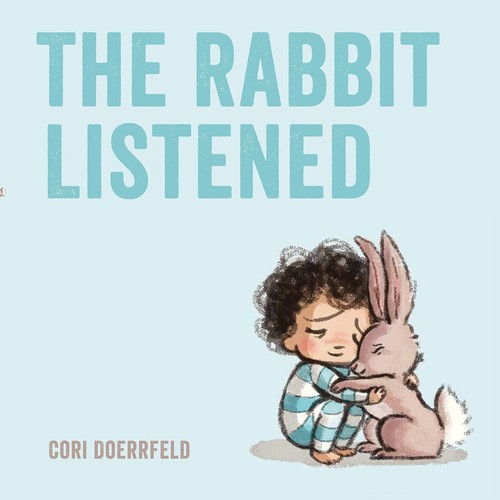Over the last five months in Kids’ Connection, we have been exploring the twin themes of silence and listening. Our choice of these themes arose rather organically. Some of the children were having a hard time listening while we were reading the day’s selected story to them. The challenge with listening seemed most directly related to their inability to settle into silence. So, we decided to address the children’s behavioral challenges by exploring notions of silence and listening in the very readings and lessons that required some modest level of silence and listening from them in order to be successful.
I remember the day in January when I first asked the question, “Does anyone know what silence is?” We had a group of mostly younger kids that day (ages five and below), so I was not surprised that nobody had anything to offer. But silence is a concept easily explained and demonstrated, and they caught on quickly. We followed that discussion with a short meditation I had used with them before. Now, however, I was using it more strategically to help build an experiential base to attach to the concept of silence that I had just introduced.
To begin this meditation, we all, adults and children alike, put one hand up in the air. Then, I played a loud bong sound, one that gradually faded across a period of time. When we could no longer hear the bong sound, we put down our hands. The hands do not all come down at the same time. I have noticed that we 70 somethings tend to put our hands down before the children put their hands down. Hummmm . . .? Once our hands are no longer in the air, we sit in silence for as long as we can, until somebody just has to talk. I am reluctant to admit sometimes that person who just must break the silence is me.
A few months after that initial introduction to silence, mostly as a spiritual practice in meditation, Lindsay was helping the children draft their own Covenant of Right Relations, just like the one we adults use to guide our ways of showing up for and being in relations with each other. This activity provided a very practical opportunity to advance the children’s thinking about and experiences with our twin themes of silence and listening. One of the items on the children’s draft covenant is the notion that we should listen to each other, especially when we are speaking from our hearts, as we do when we are sharing our joys and sorrows. Building this reminder into our weekly joys and sorrows ritual gives this commitment to silence and deep listening a prominent and valued place in our upstairs children’s service each Sunday. Our children are obviously growing, spiritually and socially, in their appreciation for the importance of silence and listening.

Since that first day in January, when I asked a simple question about the nature of silence, I have attempted to address the silence and listening theme each time we meet, often by reading a book that touches on issues related to these themes. My favorite book, one that is resonant with our UUCM commitment to deep listening, is The Rabbit Listened by Cori Doerrfeld. Its message is that when a friend is in distress (such as, our friend’s big and beautiful creation made from wooden blocks unexpectedly falls to the ground), the best way to help is not to tell that friend how to feel or what to do. Rather, the way to help, the rabbit’s way, is to just sit with our friend in silence while they process their loss, recover their equanimity, and ultimately make their own plan for how to move forward. What a lovely reminder of the healing power of silence and listening.